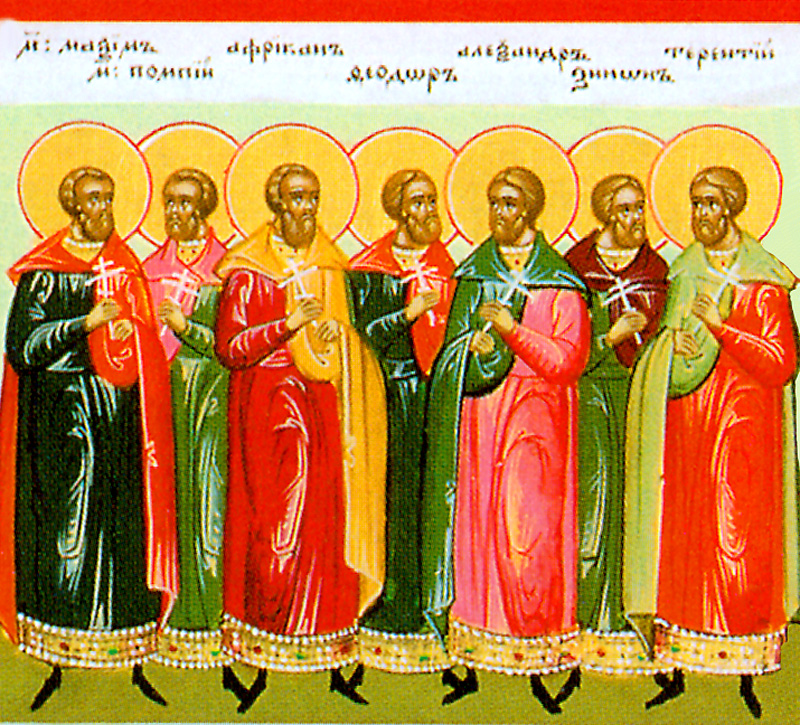Persecution

The third century opened with relatively widespread persecution of Christians under Emperor Septimius Severus (r. 193–211). The Passion of Saints Perpetua and Felicitas vividly recounts the victorious suffering of some of those who were martyred in Carthage (western North Africa) at this time. Also in this wave of persecution, in Alexandria in Egypt, Origen’s father, Saint Leonides, was martyred. And when Clement, the head of the important catechetical school there, fled the city, the brilliant and fervently pious Origen was appointed by Bishop Demetrius to be the head of the school, even though he was only about 18 years old.
The Christian Church lived in relative peace from the death of Septimius Severus to the time of Emperor Decius (r. 249–251). But very soon after Decius came to power, he inaugurated an intense persecution of Christians throughout the whole empire. This wave of persecution ended with his death in 251, but another wave began in 257 under Emperor Valerian (r. 253–260). In these times, not only were the Christians forced to sacrifice to the imperial gods, but also the higher clergy were specifically sought out to be executed, in the erroneous expectation that by eliminating the Church’s leaders, Christianity would wither and die.
Then, after Valerian’s death, his son, Emperor Gallienus (r. 260–268), stopped the policy of general persecution, and the Christians once more lived in relative peace, until the beginning of the next century. During this period, there was ongoing, steady growth in Church membership, which perhaps reached up to ten percent of the population in the Empire by the year 300—or about 6,000,000.
